I'm trying to implement ARToolKit into an Objective-c iOS app.
I have downloaded the ARToolKit SDK and I see the following contents. The ARToolKit5 directory is for Mac OSX, so I have left this one closed. ARToolKit5iOS is the directory that I have tried to import into my Xcode project.
What I have tried so far...
Inside share > packaging, I ran the following command and this seemed to run correctly without any errors.
bash ARToolKit5iOS-bin.sh
Then I tried to import the lib and include directories into my Xcode project.
The problem
Here is the contents of my project > ViewController.m
#import "ViewController.h"
#import <AR/ar.h>
@interface ViewController ()
@end
@implementation ViewController
- (void)viewDidLoad {
[super viewDidLoad];
// Do any additional setup after loading the view, typically from a nib.
}
- (void)didReceiveMemoryWarning {
[super didReceiveMemoryWarning];
// Dispose of any resources that can be recreated.
}
@end
As you can see in the following screenshot, the error occurs whilst trying to import the AR toolkit.
I am not an Objective-c developer, so what am I missing here?







